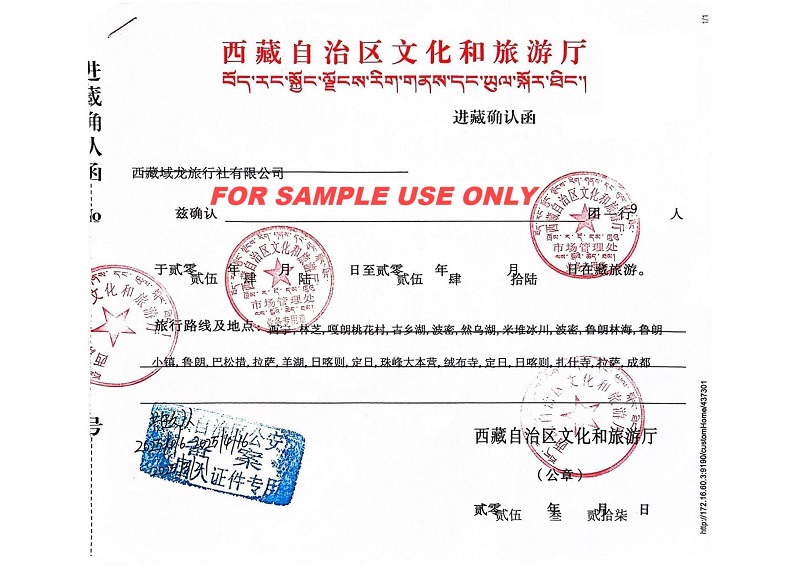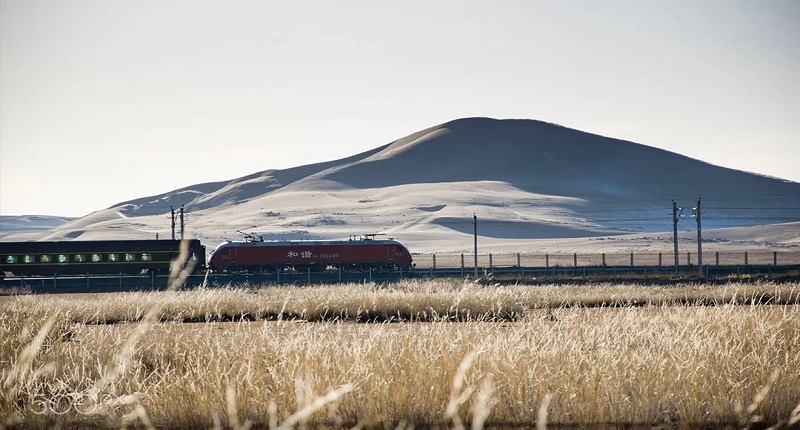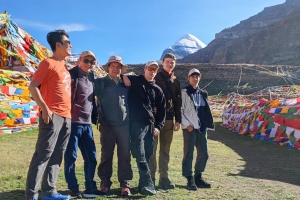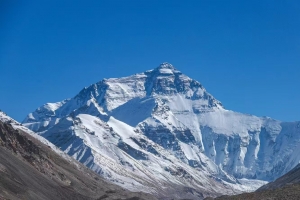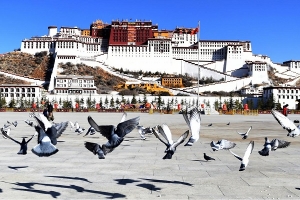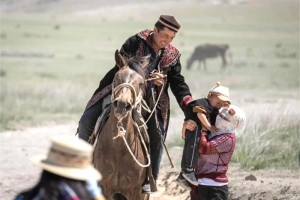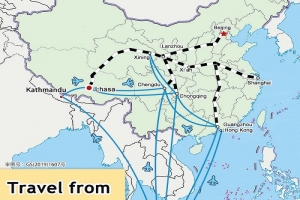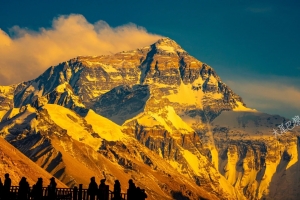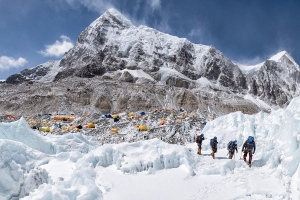Tibet draws travellers with its majestic mountains, spiritual atmosphere, and rich cultural heritage. Whether you dream of gazing at the Potala Palace, exploring ancient monasteries, or marvelling at the Himalayas, how you get to Tibet can greatly shape your experience. For foreign tourists, two major transport options are available: train or flight. Each mode of transport has its advantages and drawbacks, especially considering Tibet’s unique geography, high altitude, and permit requirements.
This guide offers a detailed comparison between travelling to Tibet via train and by flight, focusing on practical aspects such as costs, acclimatisation, scenic value, comfort, and procedures — helping you choose the option that best suits your travel style and needs.
Overview of Entry Requirements
Before diving into the comparison, it’s essential to remember that all foreign nationals must obtain the Tibet Travel Permit (TTP), arranged through a licensed Chinese travel agency. Independent travel is not allowed. Entry into Tibet is only possible from mainland China or Nepal, and regardless of how you arrive, you must join a pre-approved tour with a guide.
Most tourists start their journey in major Chinese cities like Beijing, Chengdu, Xining, or Lhasa via Kathmandu. However, for this guide, we will focus on options from within China, as flights and trains from Nepal follow different logistical paths.
Travelling to Tibet by Train
The Qinghai–Tibet Railway
The Qinghai–Tibet Railway is the world’s highest railway line, connecting Xining in Qinghai Province to Lhasa, the capital of Tibet. This engineering marvel climbs over the Tanggula Pass at an altitude of 5,072 metres and is fitted with oxygen-supplying systems to help passengers cope with the high elevation.
Major departure cities include:
-
Xining (around 22 hours)
-
Lanzhou (around 24 hours)
-
Chengdu (around 36 hours)
-
Beijing (around 40 hours)
-
Shanghai/Guangzhou (over 48 hours)
Trains offer various classes: Soft Sleeper, Hard Sleeper, and Hard Seat, though for comfort and altitude, Soft Sleeper is recommended.
Pros of Travelling by Train
Better Acclimatisation to Altitude
One of the primary benefits of train travel is gradual ascent. Unlike a flight, which brings you to Lhasa’s 3,650-metre elevation in a matter of hours, the train climbs slowly, helping your body adjust to the thinner air. While not foolproof against altitude sickness, this method is generally gentler.
Scenic Journey
From the vast plains of Qinghai to the snowy peaks of the Tibetan Plateau, the views from the train windows are stunning. You’ll pass salt lakes, grasslands dotted with yaks, and remote mountain ranges rarely seen by most travellers.
Cultural Immersion
Train compartments often include Chinese and Tibetan locals, offering an authentic opportunity to interact, observe, and immerse yourself in everyday life. The long journey also fosters a sense of pilgrimage — you’re not just arriving in Tibet, you’re gradually entering its world.
Lower Cost
Train tickets are usually cheaper than flights, especially when departing from cities like Xining or Chengdu. Soft Sleeper tickets range from ¥800 to ¥1,200 depending on distance and season.
Cons of Travelling by Train
Time-Consuming
Even the shortest route from Xining takes about 22 hours, while longer routes may take two full days. This is time that could otherwise be spent exploring Lhasa or venturing further afield.
Limited Comfort for Some
Though Soft Sleeper cabins are relatively comfortable, they can feel cramped. Shared with three other passengers, privacy is limited. Showers are not available; only basic toilet and wash facilities exist.
Difficulty Booking in Peak Season
During summer and major Chinese holidays, train tickets to Tibet sell out fast, especially Soft Sleeper ones. Booking through a travel agency or well in advance is essential.
Travelling to Tibet by Flight
Major Airports and Flight Routes
Lhasa Gonggar Airport (LXA) is the main air gateway into Tibet. There are direct flights from:
-
Chengdu (approx. 2 hours)
-
Chongqing (approx. 2.5 hours)
-
Beijing (approx. 5 hours)
-
Xi’an, Kunming, Xining, Guangzhou, and others
Most flights depart in the morning and early afternoon due to weather conditions over the Himalayas. Keep in mind that delays and cancellations are not uncommon because of high-altitude weather.
Pros of Travelling by Flight
Fast and Efficient
Flying dramatically cuts travel time. From Chengdu, for example, you’ll be in Lhasa in under 2 hours. This is ideal for travellers on tight schedules or who wish to maximise their time within Tibet.
Modern Comfort
Air travel offers standard seating, inflight service, and the convenience of avoiding long train hours. While cabin pressure does not equal sea level, it’s far more comfortable than hard seats or even hard sleepers.
More Frequent Departures
Flights operate daily from several cities, giving more flexibility in planning. During peak season, multiple flights per day are common.
Cons of Travelling by Flight
Risk of Altitude Sickness
The most significant drawback is the sudden change in elevation. One moment you’re in lowland China; within a few hours, you’re over 3,600 metres high. This rapid ascent doesn’t allow the body time to adjust, increasing the risk of Acute Mountain Sickness (AMS). Headaches, dizziness, and nausea are common for the first few days.
Higher Cost
Flights can be considerably more expensive than trains. One-way tickets range from ¥1,200 to over ¥2,500, depending on the city and season. While deals exist, particularly with budget airlines or promotions, prices fluctuate.
Luggage Restrictions
Standard airline baggage allowances apply, and extra fees may be required for gear like trekking poles or oxygen canisters. Trains tend to be more lenient in this regard.
Which Should You Choose?
Your choice depends on your travel priorities. If you value comfort, speed, and convenience, especially if your itinerary is tight, flying is your best bet — provided you’re prepared to take things slowly upon arrival to mitigate altitude sickness.
If you prefer immersive travel, value scenic routes, and want to acclimatise more gently to Tibet’s altitude, the train journey offers a richer, more atmospheric approach, despite taking longer.
A popular compromise is the train in, flight out method. It allows for gradual acclimatisation on the way in and a speedy departure at the end of your trip. Many seasoned travellers consider this the ideal approach to visiting Tibet.
Additional Tips for Foreign Tourists
-
Health Considerations: Regardless of how you arrive, take altitude seriously. Rest upon arrival, avoid alcohol, and consider consulting a doctor about preventive medication like Diamox.
-
Documentation: Keep both your Tibet Travel Permit and Chinese visa on hand. Flight check-ins and train stations will check your documents. The TTP is often sent to your hotel or guide before departure.
-
Book Through an Agency: You must book your tour, guide, and permit through a certified agency. Most will also handle train or flight bookings if you prefer a hassle-free experience.
-
Travel Insurance: Ensure your insurance covers high-altitude travel and potential delays or cancellations due to weather.

